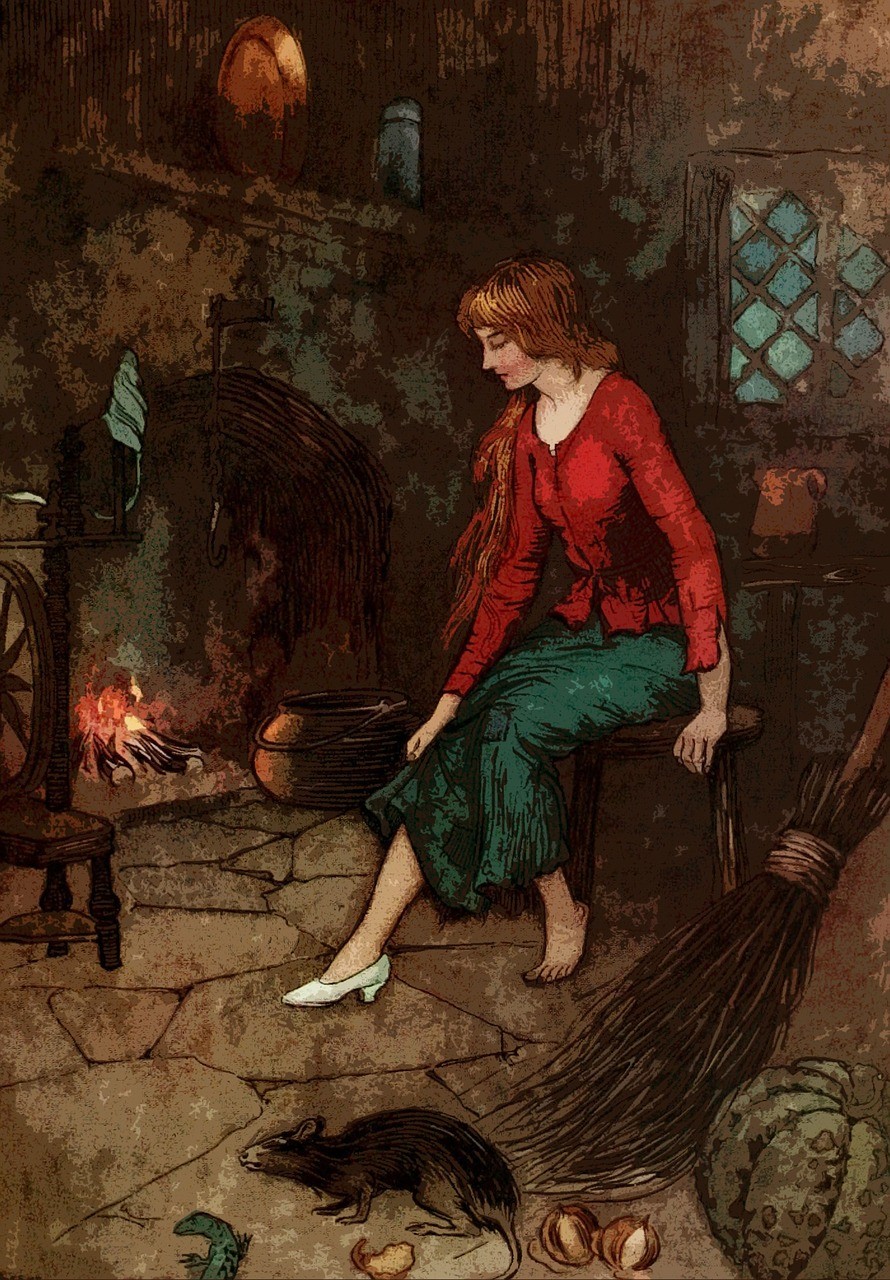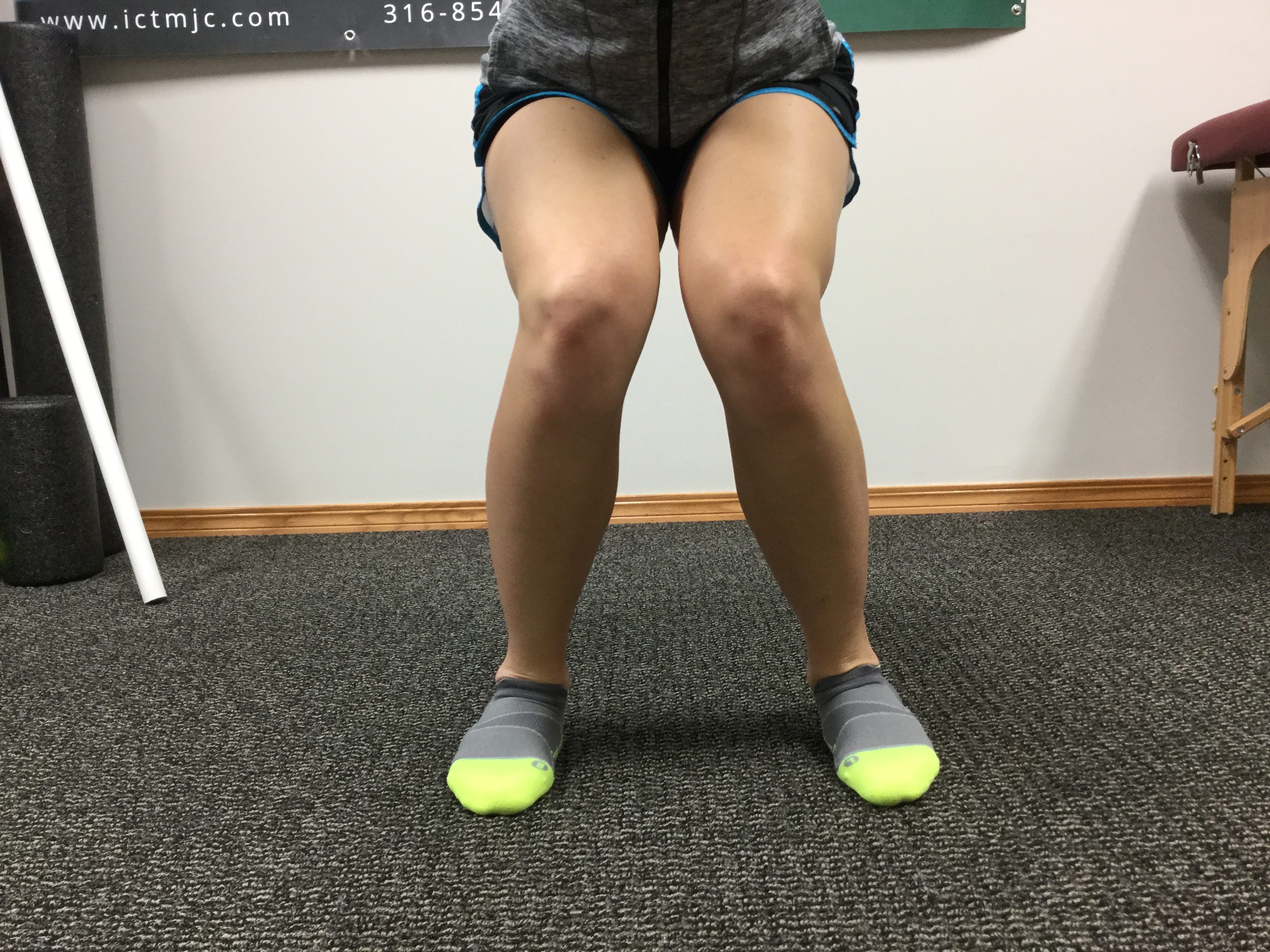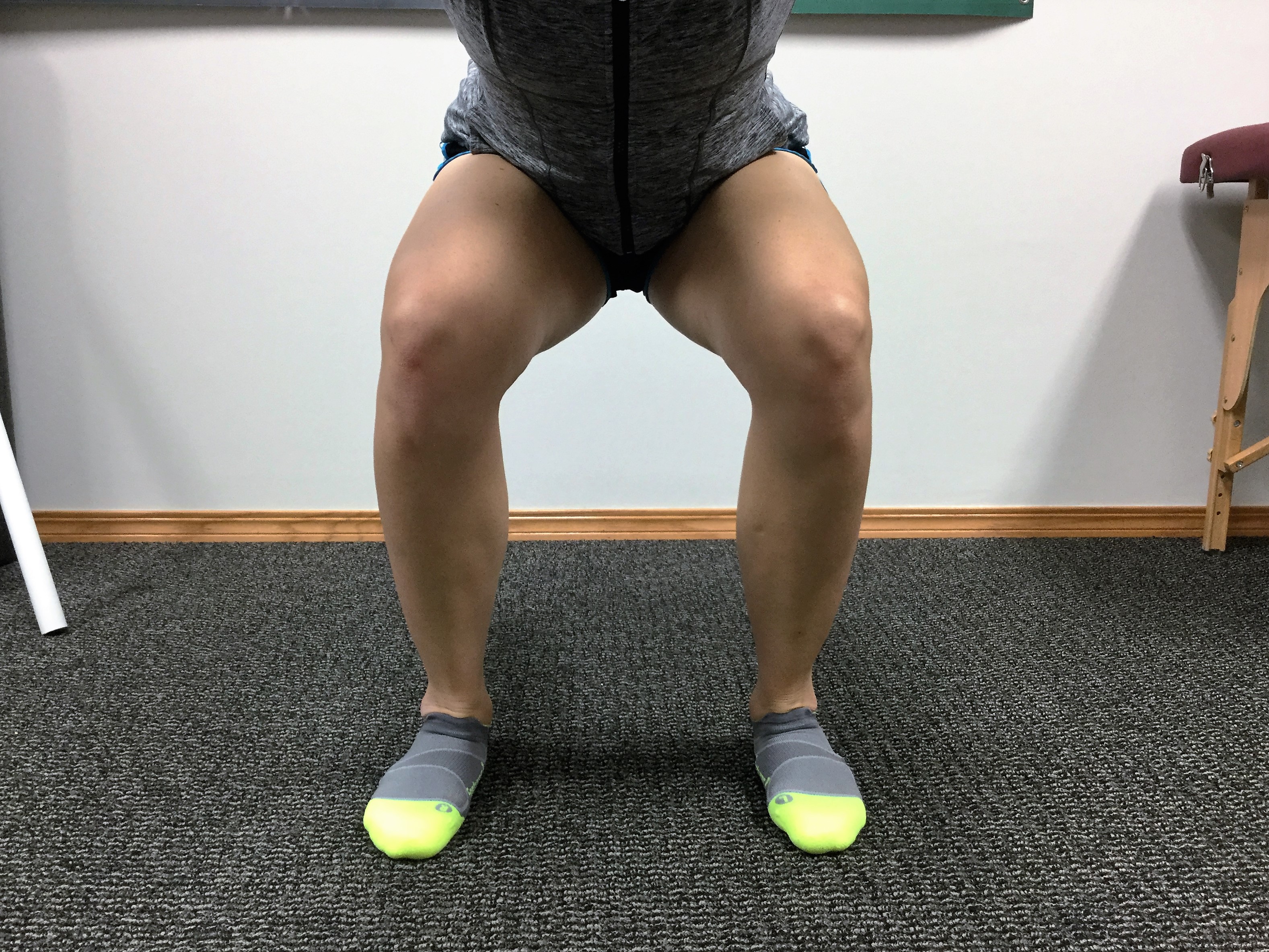Knees & Disney©
Think of the knee as Cinderella. She was a victim of unfortunate circumstances and left to bear the burden put on her by her stepmother and step sisters. Cinderella does not deserve the grunt work, but as she has no other option, she miserably trudges on. Similarly, the knee is stuck between the hip, ankle and foot; picking up slack where they have left off. Think of this as the fairy godmother blog to save you from present or future knee dysfunction and pain.
The Background
The knee is a hinge joint, meaning its primary plane of motion is forward and backward, along with a small degree of rotation and side-to-side movement. In contrast, the hip joint’s ball-and-socket structure makes it capable of ample movement in all directions. Ankles and feet are a combination of joints, but must provide a base of support when standing upright.
The Stepsisters
The foot and ankle have the potential to be supportive family members, but only if they are taught to do so. Modern society puts shoes on children before they can even stand. This greatly decreases the need for the musculature of the foot to activate. Their job is to support the arch but because it is artificially maintained with a shoe, it no longer fulfills that need. The ankles need both stability and mobility. If the ankle cannot “bend” enough when walking or squatting, then many times this is compromised via excess motion in the foot. The combination of improper foot activation due to wearing footwear and the lack of ankle mobility due to sedentary lifestyle, leads to flattening of the foot arch. This is a problem because as the foot falls farther into “pronation,” weight bearing on the knee is shifted to the inner side.
Cinderella does not like being stuck in the middle of her stepsisters aka your knees should not track inside of your feet. Observe the photo on the left; the left foot loses its arch stability and the knee caves inward as a result.
The Stepmother
The hip and pelvic complex is a daunting piece of corporal architecture. Many, many muscles originate and attach here. I will refer back to childhood development: Children squat, run and move a lot, adults, not so much. With this decrease in movement comes restriction. Every person, barring an anatomical anomaly, should be able to squat with their butt nearly to the ground. If you cannot achieve this or cannot achieve it without pain, do not give up! Realize that this restriction affects your knees too. If the hip joint stops short of its required range of motion, those remaining degrees must be made up elsewhere, quite likely the knee.
Your Knee's "Happily Ever After"
I want to iterate that the hip, ankle, and foot joints are absolutely incredible and if allowed to, they will help you run fast, jump high, and squat heavy. The problem is when they are not permitted to express themselves fully, whether it be from lack of motion or lack of stability. Incorporate unloaded squatting into your daily routine, foam roll your hips, improve foot activation.
The above are just a few suggestions to getting you and your knees on the way to better health!
About the author
Dr. Rachel Sparks is the co-founder of ICT Muscle & Joint Clinic, a board-certified chiropractor, and functional medicine expert. The core of Dr. Sparks’ beliefs lies within the ability to move often and to move well. Dr. Rachel Sparks is passionate about improving the scope of care available for the pregnant and postpartum women through her integrative approach of chiropractic, rehab, nutrition, and functional health.


